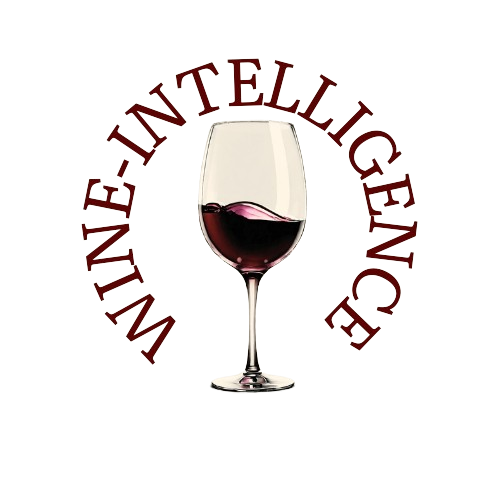The no- and low-alcohol drinks market is undergoing a transformative period of expansion, fueled by changing consumer behaviors and the surging momentum of no-alcohol beverages.
Across 10 key markets, this segment is projected to grow at a combined +4% volume CAGR through 2028, with no-alcohol drinks leading the charge at +7% volume CAGR, while low-alcohol volumes remain largely static. The no-alcohol category alone is expected to contribute over USD 4 billion in incremental growth by 2028.
Insights from the IWSR’s Strategic Study 2024
The latest findings from IWSR’s No- and Low-Alcohol Strategic Study 2024 reveal a clear consumer preference for no-alcohol products, with 61 million new buyers entering the category between 2022 and 2024, compared to 38 million for low-alcohol options. This trend spans major markets including Australia, Brazil, Canada, France, Germany, Japan, Spain, South Africa, the UK, and the US.
A Younger, More Engaged Consumer Base
The influx of new consumers skews younger than the core buyer demographic, with Gen Z and Millennials showing higher consumption frequency and intensity. Notably, alcohol purchases among no/low buyers are declining, particularly in beer and wine categories. Across these 10 key markets, per capita consumption of pure alcohol has dropped to 80% of its 2000 level, reflecting a broader trend toward moderation and lifestyle shifts.
Beyond Moderation: Taste, Availability, and Brand Appeal
As the no/low segment matures, factors beyond alcohol moderation—such as taste, availability, and brand differentiation—are driving growth. Emerging no-alcohol categories like sparkling teas and hop waters are gaining traction, reflecting a consumer desire for complexity and quality.
“As the no-alcohol category matures, consumers want more than just an absence of alcohol. They want products that deliver on taste, complexity, and overall drinking experience,” explains Susie Goldspink, Head of No- and Low-Alcohol Insights at IWSR.
Market Highlights and Regional Growth
The US and Brazil are emerging as key growth markets, with projected volume CAGRs of +18% and +10%, respectively, through 2028. In the US, growth stems from a diverse array of no-alcohol subcategories, while in Brazil, the focus remains on beer. Smaller markets such as Canada and Australia are also expected to grow significantly, with volume CAGRs of +7.5% and +5%, respectively.
In contrast, markets like Spain, South Africa, and Germany show more gradual growth trajectories. No-alcohol’s share of the total beverage alcohol (TBA) market across the 10 key regions is set to exceed 3% by 2028, with the US’s share doubling during this period.
Shifting Consumption Patterns
Gen Z consumers, newly entering the legal drinking age, are more likely to substitute non-alcoholic drinks such as sodas and energy drinks, whereas older age groups are substituting alcohol, particularly beer and cider. This generational shift is influencing brand loyalty, with younger consumers showing greater preference for specific brands and sensory features compared to older adults, who tend toward sporadic consumption.
Barriers and Opportunities
Availability remains the biggest barrier to growth in emerging no/low markets such as Brazil, South Africa, and the US. In established markets like Spain, France, Japan, and Germany, this barrier is less pronounced. Expansion in e-commerce and the hospitality sector is gradually alleviating availability challenges.
Pricing, while not a significant obstacle, has the potential to enable growth. In mature markets like the UK and Spain, price alignment between non-alcoholic and full-strength offerings is helping the category gain traction.
Innovation Driving the Category Forward
Innovation is a cornerstone of growth in the no- and low-alcohol space. Brands like Free AF are utilizing functional ingredients like Afterglow, a botanical extract mimicking the warming sensation of alcohol. Similarly, Parch Spirits and Cocktails has introduced no-alcohol agave cocktails infused with adaptogens such as ashwagandha and L-theanine.
Products that diverge from traditional alcohol analogues, such as sparkling teas, hop waters, and vinegar-based switchels, are also gaining popularity, reflecting a growing demand for unique and health-conscious options.
The Road Ahead
The no- and low-alcohol drinks market is poised for sustained growth, driven by younger, more engaged consumers and a wave of innovative products. As brands continue to refine their offerings and address market-specific barriers, this segment is set to reshape the global beverage landscape, delivering on both consumer expectations and business opportunities.
Source: IWSR

